What’s common between Beijing and Delhi?
- Both are capital cities of the 2 most populous countries in the world
- Both are among the leading business and commercial centers of the world
- Both are also the leading cities in terms of pollution and toxic air.
Also, now both have the distinction of having Smog Towers.
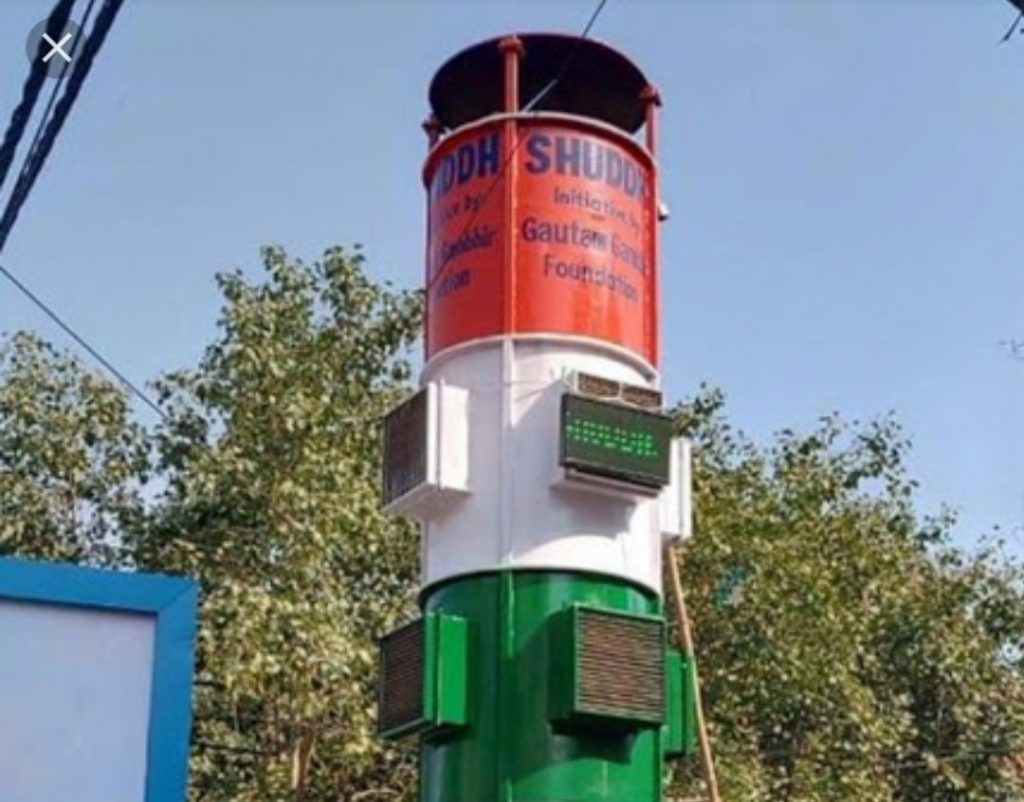
First thing first, what is Smog Tower?
As per Wikipedia, these “are structures designed as large-scale air purifiers to reduce air pollution particles.”
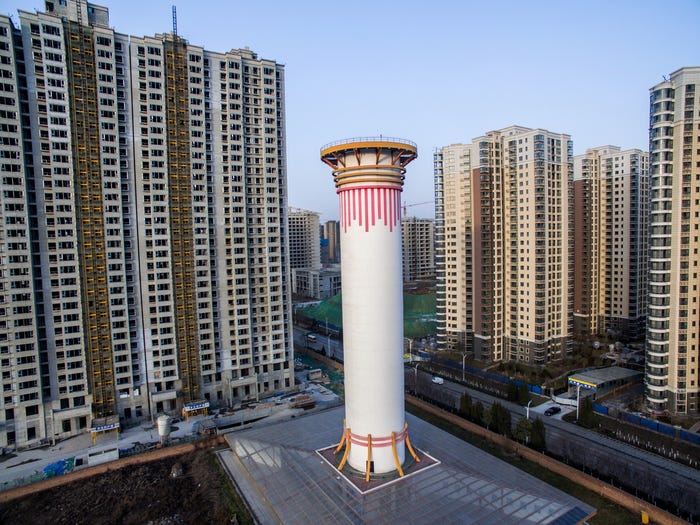
Xi’an tower built-in 2016, is 100-meter (328 feet) high and is considered the world’s largest smog tower. Xi’an is known for the worst air pollution in China due to its coal-burning heating systems.
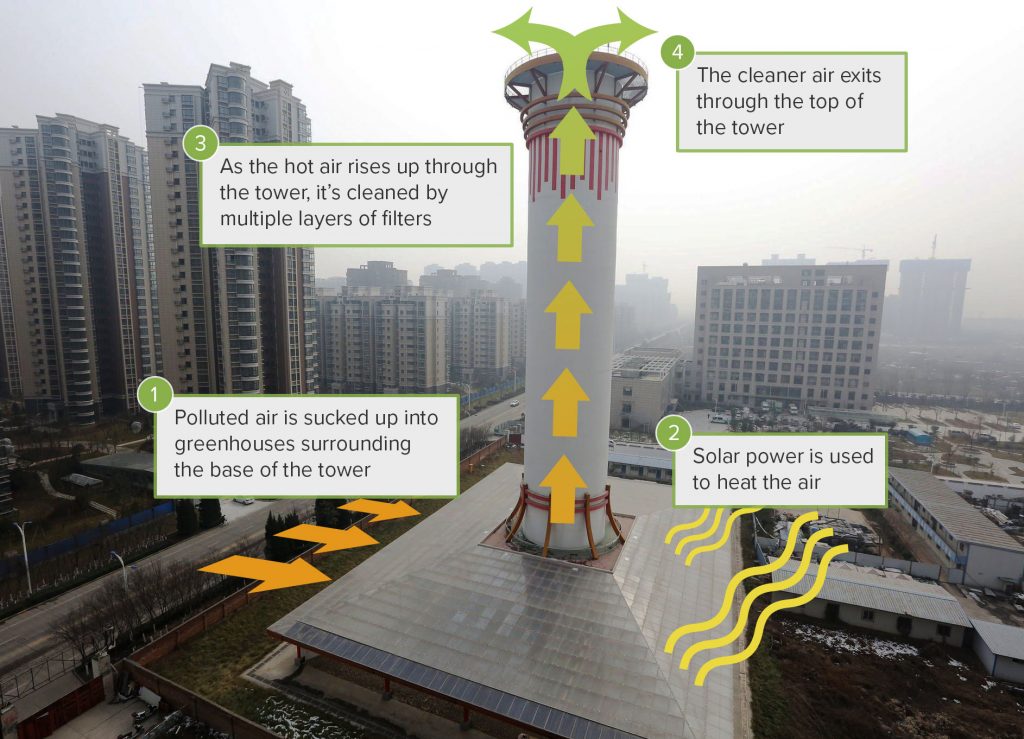
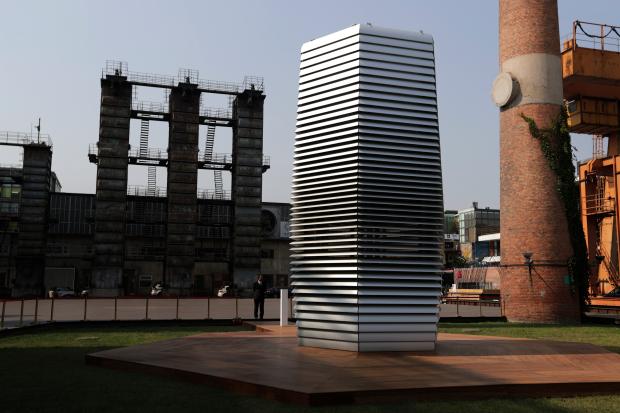
Beijing tower is much smaller in size with a height of 7 meters. The interesting bit with Beijing tower is that it has been able to compress the carbon waste generated during purification to produce gemstones (dark gems) which are used for rings and cufflinks. The money raised by selling this jewelry will go towards supporting the development and building more such towers.
The Beijing tower is designed by Daan Roosegaarde, who also designed the smog tower in Rotterdam, Netherland major port city in 2015. Rotterdam tower is also 7 meters, and capable of removing ultra-fine smog particles and pumping out clean air.
Way Forward
Whether the smog tower will really work, will it really clean air, will this absorb pollutants is still debatable. On one side, there are opinions that these structures are not really working, while on another side, there are reports from researchers at the Institute of Earth Environment at the Chinese Academy of Sciences that they have seen improvements in the air quality over an area of more than three square miles of Xian tower.
Even if it creates a minor impact, the Delhi initiative can be considered appreciable, especially as it comes from the involvement of the local population.
Can this be considered as a long-term and permanent solution? Maybe not. We need to focus more on the root cause; we need to drastically work towards reducing the sources of pollution rather than after the damage is already done.

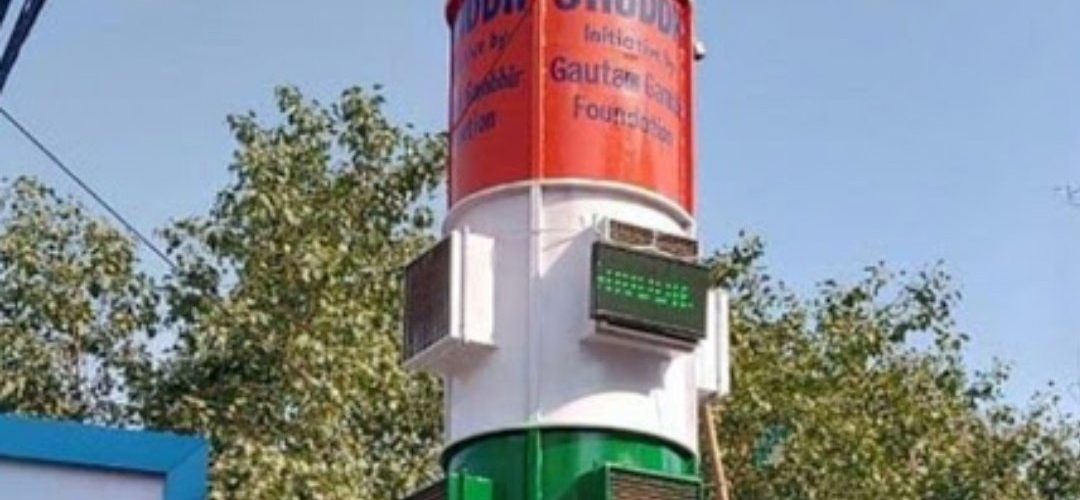
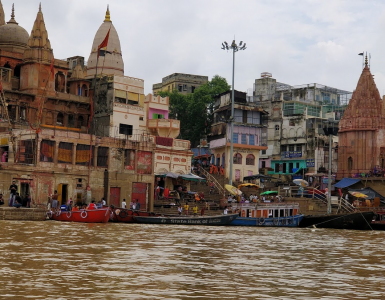



Add comment